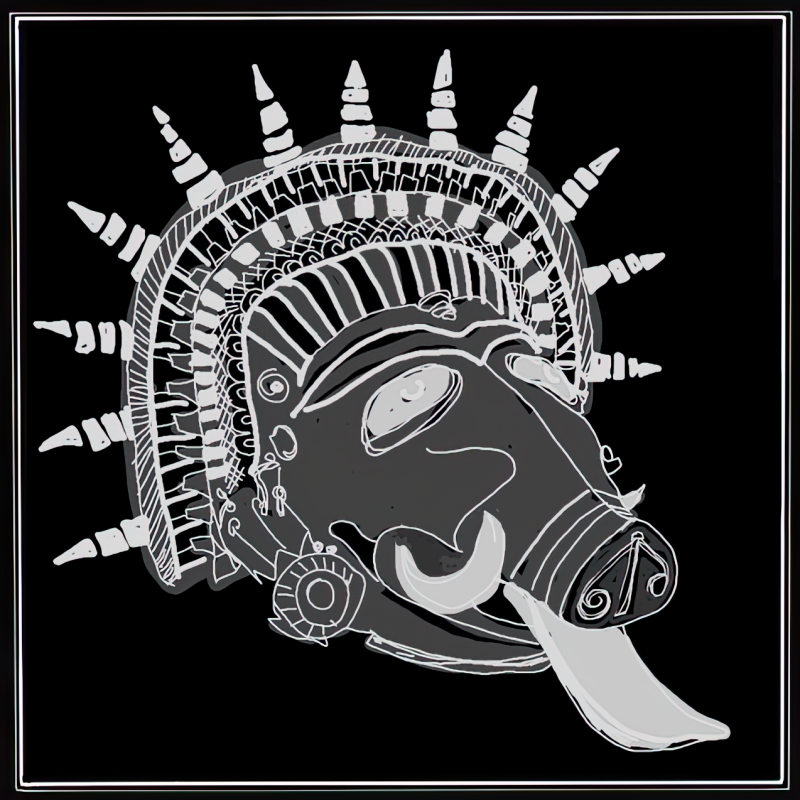Первый закон зомби-апокалипсиса: будь человеком, Странник, и к тебе потянутся!
Bestiary.us
энциклопедия вымышленных существБыстрый переход
- Японская мифология и фольклор Система сакральных знаний страны восходящего солнца, включающая традиции синтоизма и буддизма, а также многочисленные народные поверья и городские легенды, содержит огромное количество ками («божество» или «дух»), ёкай («призрак» или «демон») и хэнгэёкай («звери-оборотни»).
- Средневековые бестиарии Бестиарии практически составляли особый жанр в средневековой литературе, совмещавший в себе черты естественнонаучного сочинения, теологического трактата и художественных произведений, и рассказывающий нам о представлениях средневековой Европы о животных и чудовищных племенах.
- Транслятор имен Здесь у Вас есть уникальная возможность узнать, как могло бы звучать Ваше имя на языках различных вымышленных рас. При этом результат имеет смысловую нагрузку. Так к примеру, эльфийские имена собираются по грамматическим правилам квэнья и других эльфийских языков исходя из значения Вашего настоящего имени.

